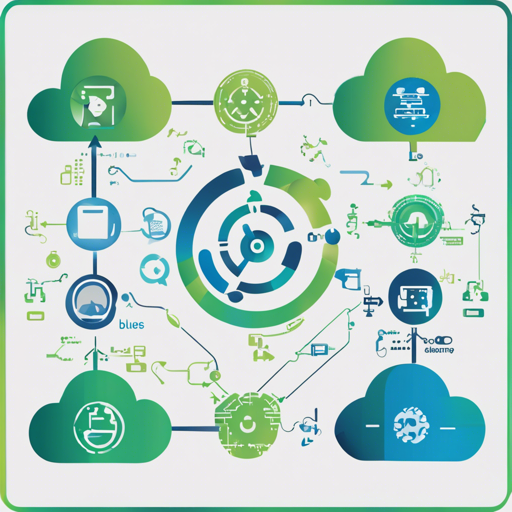Welcome to the world of continuous delivery with PipeCD! In this article, we’ll guide you through the process of getting started with PipeCD, a GitOps-style continuous delivery platform that simplifies deployments across multiple cloud environments. Whether you’re an engineer looking to streamline application deployments, or a project manager aiming for enhanced delivery performance, this article is for you.
Overview of PipeCD
PipeCD provides a powerful and unified solution that empowers your team to deploy applications quickly and confidently. It supports various platforms, from Kubernetes to AWS Lambda, and manages thousands of applications, allowing your team to scale efficiently.
Getting Started with PipeCD
- Set Up PipeCD: Start with the quickstart guide to install PipeCD components. This guide will help you deploy a basic hello-world application.
- Run Locally: Use the tutorial to learn how to run PipeCD locally and understand its core functionalities.
- Real-life Setup: Follow the installation guide for more advanced setups tailored to your environment.
The Magic of PipeCD: An Analogy
Imagine that you run a restaurant where each chef specializes in a different cuisine—from Italian to Indian. Managing these chefs, their ingredients, and cooking processes can get chaotic. Now, think of PipeCD as your restaurant manager who has the magical ability to coordinate all chefs efficiently, ensuring that the right dishes are cooked at the right time without chaos.
- The pipeline definitions act like recipes—providing clear instructions for each dish without needing to change the kitchen layout.
- No ingredient (or credential) exposure outside the kitchen to keep everything confidential.
- Built-in metrics act as the daily reviews to assess how well the chefs perform and where improvements can be made.
Just like a well-coordinated restaurant ensures delighted customers, PipeCD ensures smooth application deployments, resulting in happy users and developers alike.
Troubleshooting Common Issues
While using PipeCD, you might encounter some challenges. Here are a few solutions:
- Deployment Fails: If a deployment fails, check the deployment logs in PipeCD for error messages. Review your pipeline definitions for any misconfigurations.
- Integration Issues with CI: Ensure that your CI tool is correctly configured to communicate with PipeCD. Check authentication tokens and permissions.
- Performance Metrics Discrepancies: Verify your metrics pipeline to ensure that data is being collected accurately. Inspect your deployment analysis for potential issues.
For more insights, updates, or to collaborate on AI development projects, stay connected with fxis.ai.
Conclusion
PipeCD stands out as a dynamic solution for continuous delivery, tailored for modern application development across various cloud platforms. Ready to embrace a more efficient deployment process? Dive into the world of PipeCD today!
At fxis.ai, we believe that such advancements are crucial for the future of AI, as they enable more comprehensive and effective solutions. Our team is continually exploring new methodologies to push the envelope in artificial intelligence, ensuring that our clients benefit from the latest technological innovations.

